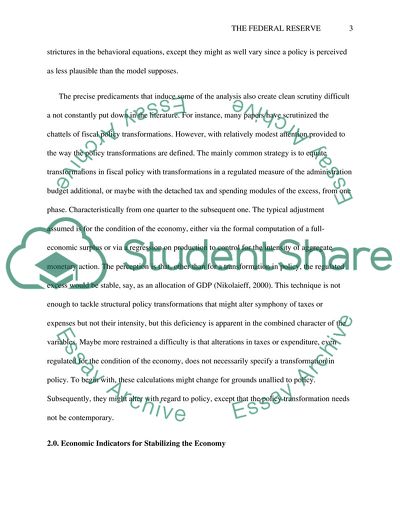Cite this document
(The Federal Reserve in Stabilizing the Current Economy Coursework - 4, n.d.)
The Federal Reserve in Stabilizing the Current Economy Coursework - 4. Retrieved from https://studentshare.org/macro-microeconomics/1776052-the-federal-reserve
The Federal Reserve in Stabilizing the Current Economy Coursework - 4. Retrieved from https://studentshare.org/macro-microeconomics/1776052-the-federal-reserve
(The Federal Reserve in Stabilizing the Current Economy Coursework - 4)
The Federal Reserve in Stabilizing the Current Economy Coursework - 4. https://studentshare.org/macro-microeconomics/1776052-the-federal-reserve.
The Federal Reserve in Stabilizing the Current Economy Coursework - 4. https://studentshare.org/macro-microeconomics/1776052-the-federal-reserve.
“The Federal Reserve in Stabilizing the Current Economy Coursework - 4”. https://studentshare.org/macro-microeconomics/1776052-the-federal-reserve.


